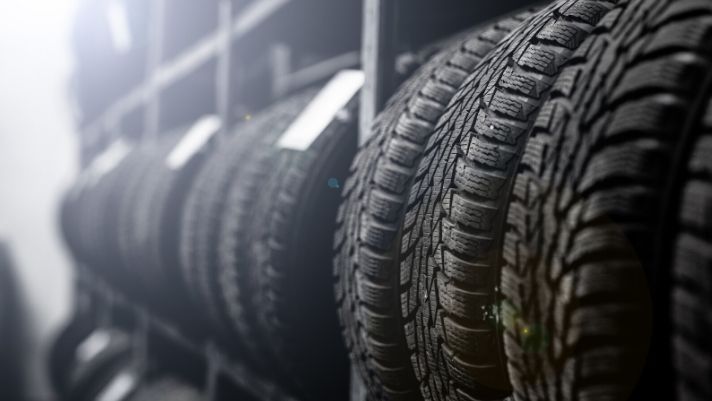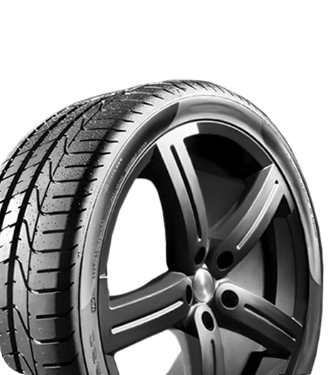

A Brief History of Automobile Tires
News & Events |Humans did themselves a huge favor when they invented the wheel. However long ago that was, it must have been a pretty exciting day. The wheel has made work much easier and allowed us to do so many things that it is invaluable for our survival and entertainment. Where would we be without it? Still riding horses and not traveling all that much is one thought. Even though it’s a simple concept and tool, the wheel has evolved over the centuries to the point that the car tire market is valued at $19 billion and employs over 46,000 people, just in the US. Here’s a brief history of automobile tires and their evolution.
The Early Days
Early wheels were made of wood, metal, or a combination of the two. They were simple and highly durable and used to do work. Wooden wheels were rough, though, and prone to rotting. Preservation techniques weren’t invented, so over time the wood would rot, the wheel would crumble, and a new one would have to be fashioned. After some time, strips of leather were added to the wheels to smooth the ride. Roads either didn’t exist, were a dirt/mud path, or made from stone, so the leather, while a well-intentioned idea, didn’t do much good. Such was the way of things until 1844 when a man named Charles Goodyear patented a new process for making rubber.
Goodyear, Dunlop, and Michelin
If those names sound familiar, they should. These three names are synonymous with tires, and they are the godfathers of the modern tire. Before Charles Goodyear patented his vulcanization process, rubber was prone to melting in the heat of summer and turning hard and brittle in the winter. It was not reliable for use in tires. Goodyear figured out how to remove the sulfur from rubber. Doing this made the rubber waterproof and winterproof while preserving its elasticity. After this revolutionary invention, people began to realize rubber was perfect for tires. In 1888, Scottish veterinarian John Dunlop patented the first pneumatic, or air-filled, tire. It wasn’t for automobile tires, though; it was for bicycles. It would be another seven years before someone adapted the pneumatic tires for automobiles. French industrialist Andre Michelin and his brother Edouard had previously patented a removable bike tire. They saw the possibilities of Dunlop’s invention, and they were the first to develop a pneumatic tire for automobiles. When it’s time for new wheels and tires, come to RNR Tire Express at our Fayetteville tire shop. We have tires for all makes and models at a competitive price.




